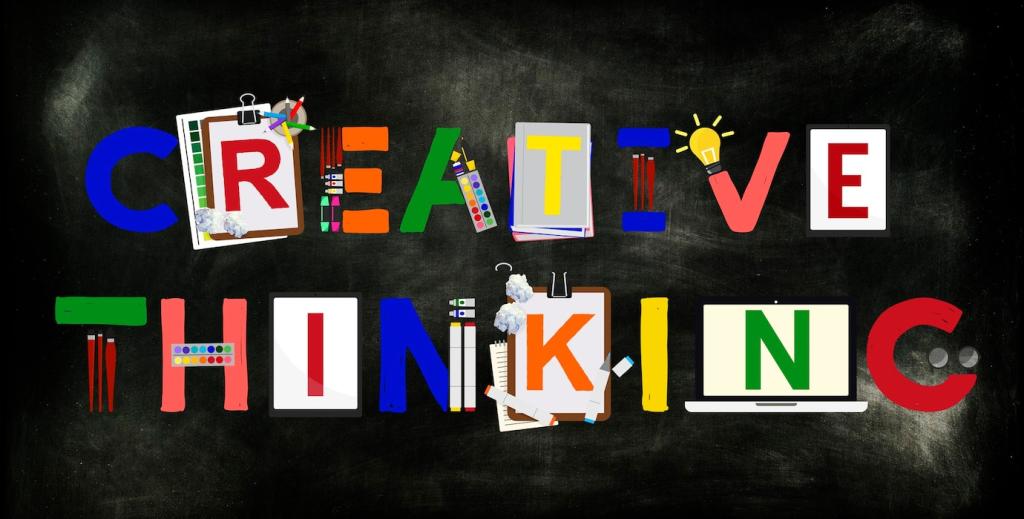Level Up Learning: Gamification in Workplace Training
Selected theme: Gamification in Workplace Training. Today we explore how playful mechanics can unlock serious skills, spark motivation, and turn everyday learning into a meaningful, measurable journey your team actually enjoys.

Why Gamification Works at Work
Neurological research shows timely rewards and progress signals can trigger dopamine spikes that reinforce learning. When employees experience clear goals and immediate feedback, they return for the next challenge willingly, not because they must.
Designing Game Loops for Corporate Learning
Start with a prompt, offer one clear action, and deliver immediate feedback, followed by a small reward. The loop repeats with escalating complexity, ensuring learners feel progress without cognitive overload or distracting flourishes that dilute focus.
Designing Game Loops for Corporate Learning
Swap generic ‘correct’ messages for actionable insights, hints, and adaptive nudges. A two-sentence micro-coach explaining why an answer works can dramatically improve retention. Make feedback timely, contextual, and respectful of the learner’s prior experience.


Meaningful Points
Award points for behaviors that matter: practicing scenarios, coaching peers, and applying skills on the job. Avoid rewarding mere clicks. A transparent scoring rubric prevents gaming the system and keeps trust front and center.
Badges that Tell a Story
Great badges signal capability, not just completion. Pair them with evidence, like demo recordings or verified scenarios. When badges map to competencies and career steps, learners wear them proudly and managers know exactly what they represent.
Leaderboards without Losers
Use rotating leaderboards, personal bests, and tiered cohorts to avoid discouraging newcomers. Celebrate improvement, not only rank. Social features should invite support and mentorship, creating a culture where rising tides lift everyone together.



Narratives, Quests, and Real Business Outcomes
Break large outcomes into linked missions. For customer support, quests might target empathy, diagnostic speed, and product accuracy. Completion unlocks scenario bosses that simulate peak complexity, making performance improvements visible in weekly dashboards.
Narratives, Quests, and Real Business Outcomes
Offer multiple paths to the same competency so learners feel ownership. Choosing a route that matches role context boosts relevance, while reflective checkpoints ensure different paths converge on the same measurable standards.

Choosing the Right Platform
Prioritize ease of authoring, adaptive pathways, mobile access, and reliable reporting. Pilot with a focused group, validate outcomes, and ensure administrators can iterate content quickly without engineering assistance or prolonged vendor dependencies.

Integrating with Your LMS
Look for clean single sign-on, SCORM or xAPI support, and robust user provisioning. Synchronize competencies and tags so achievements flow into performance reviews seamlessly, making learning artifacts visible where managers actually make decisions.

Inclusion, Ethics, and Healthy Competition
Support screen readers, high-contrast modes, captions, adjustable motion, and keyboard navigation. Provide multiple modes for challenges—text, audio, and visual—so neurodiverse learners can engage in ways that fit their strengths comfortably.
Launching and Iterating a Gamified Pilot
Choose one high-impact skill and a willing champion team. Define success metrics upfront, like time-to-proficiency or error reductions, and schedule weekly check-ins to capture qualitative feedback alongside quantitative indicators.
Launching and Iterating a Gamified Pilot
Compare pre-training baselines to post-quest outcomes. Interview learners about friction and flow. Adjust difficulty, pacing, and rewards. Small, intentional tweaks can dramatically improve engagement without costly rework or new tooling.
Launching and Iterating a Gamified Pilot
Share quick wins publicly—gif reels, shout-outs, and learner reflections. Convert lessons learned into playbooks for other teams. When stakeholders see momentum, it becomes easier to expand budgets and institutionalize better learning habits.
